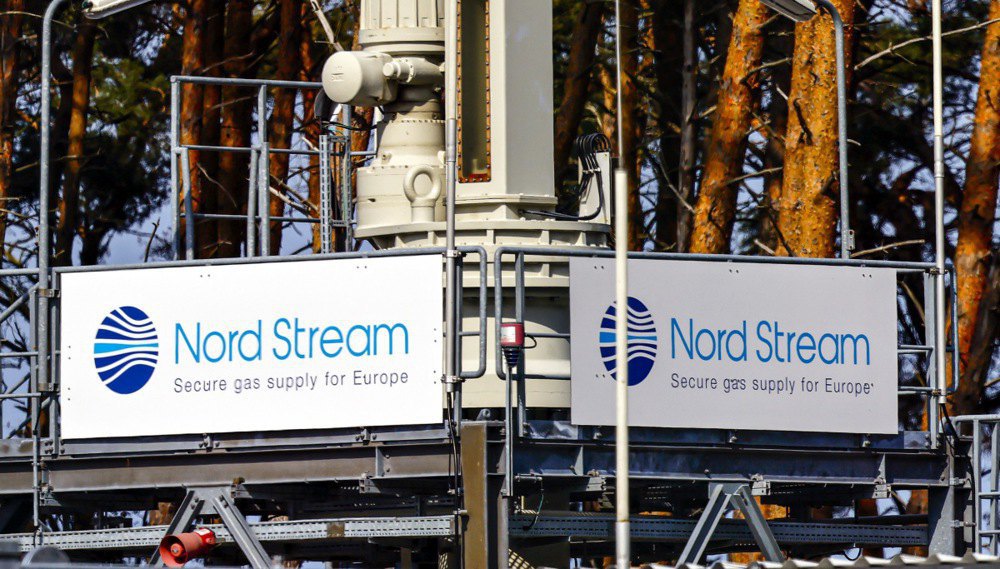
Moscow already had peace.
It had billions of dollars in Western investment, a gas pipeline to the European Union, Germany building a training centre for the Russian Armed Forces in Mulino, and France constructing a helicopter carrier – later sold to Egypt.
This was the highest degree of integration with the West that Peter the Great – so frequently cited by Putin – could ever have dreamed of.
Any leader of a resource-dependent state would have surrendered everything for such a level of integration without hesitation.
The Sochi Olympics – and there were days when Russian tricolours stood atop the podium.
Dancing with balalaikas and accordions in Courchevel.
“As long as Russia has oil, Milan has me.”
There was no need for a shadow fleet sailing under the Liberian flag. No need for Georgian intermediaries to smuggle “timber from Kazakhstan”. No need for Cypriot or Israeli passports to purchase property in London.
The Russians already had all of this. And without hesitation, the Kremlin exchanged it all for revanchism and the restoration of empire.
For a Russian, the collapse of the empire twice in a single century – and the processes now unfolding in Tatarstan and Dagestan – is profoundly painful. That is why they have wagered everything.
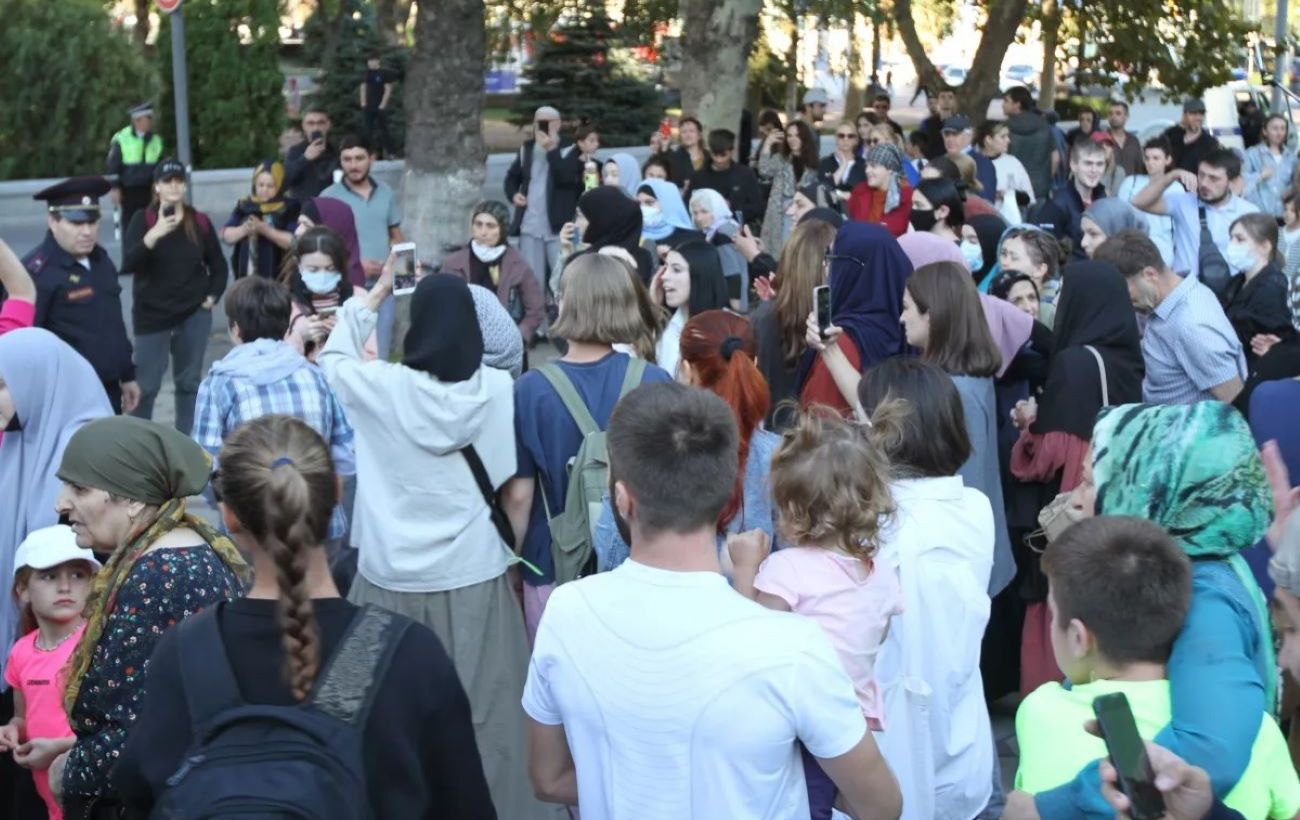
And it was not Putin alone who made this choice – it was also those who force our prisoners to eat off the floor in camps and carve the Ukrainian coat of arms into their hands; those who run for €2,500 to burn alive in the treelines; those who take their children to gaze at fragments of gas pipelines from Suzha.
For those who may have forgotten – the Iskra group and the call sign “General” were never meant to go to the Donetsk Airport. Their destination was Mariupol.
Motorola’s group was initially sent to Kharkiv, and only when the Jaguar unit removed them did they focus on Slovyansk.
The “protesters” in Odesa, who fired from behind elderly women, ultimately fled to the Transnistria.
The Russian objective was always broader than the boundaries of the four Regions – at the very least, Kharkiv and Odesa were targets in the first wave of the hybrid invasion.
This was long before any so-called “referendums” or “expressions of will” in Kherson and Zaporizhzhya Regions – without Zaporizhzhya or Kherson themselves even being mentioned yet.
Everyone remembers that, yes? Crimea is an unsinkable aircraft carrier, and it was seized to prevent NATO countries from doing so.
As practice has shown, however, they failed to take the ports of greater Odesa, Mykolayiv, or Zmiyinyy Island – and were forced to retreat from Crimea to Novorossiysk.
And they were defeated by fifty maritime drones, roughly 150 ATGMs and cruise missiles, and several hundred long-range UAVs – not by French or British aircraft carriers.
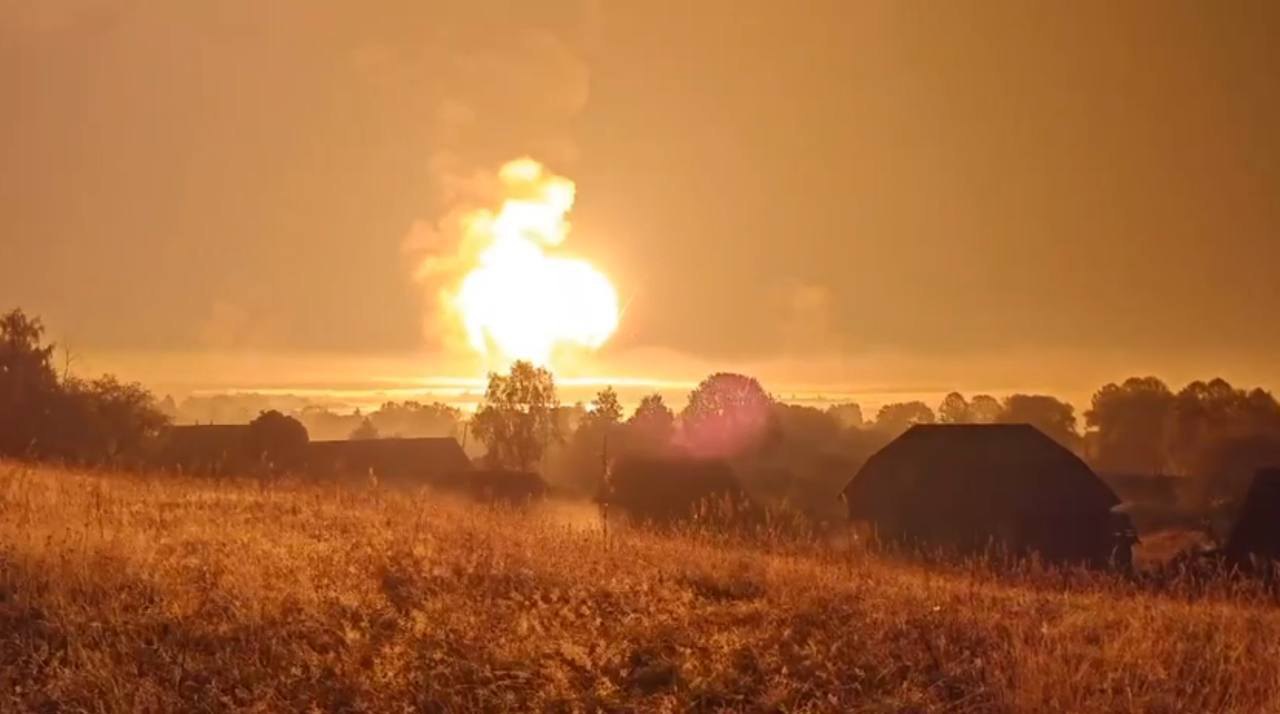
The ammunition depots were destroyed by garage-assembled drones – designed, in essence, by civilian hobbyists.
We remain deadly to them. Just as they remain deadly to us.
I understood this clearly and distinctly back in 2014 – simply by observing the objectives of the aggression and the demands being made. And I urge everyone to recognise this truth: the Russian goal is the entirety of Ukraine.
This is not a matter of Medinskiy’s presence in the negotiation delegation, nor of being offered the lifting of sanctions. If the Kremlin had sought trade with the West, it would not have initiated an invasion.
If Russia wanted to halt the war, it would not be carrying out mobilisations – including the current one – inviting North Koreans, and placing the economy onto a full military footing, dismantling all civilian sectors from transport to housing.
In their view, this is a question of Russia’s survival – they cannot tolerate a neighbouring country of 35 million people that is hostile to their regime.
The Ukrainians are striking Moscow and Yelabuga with long-range drones, disabling a third of the Black Sea Fleet’s vessels, seizing regional centres – and the Russian military requires 15,000 North Korean troops, including a third from special operations forces, just to attempt to retake them.
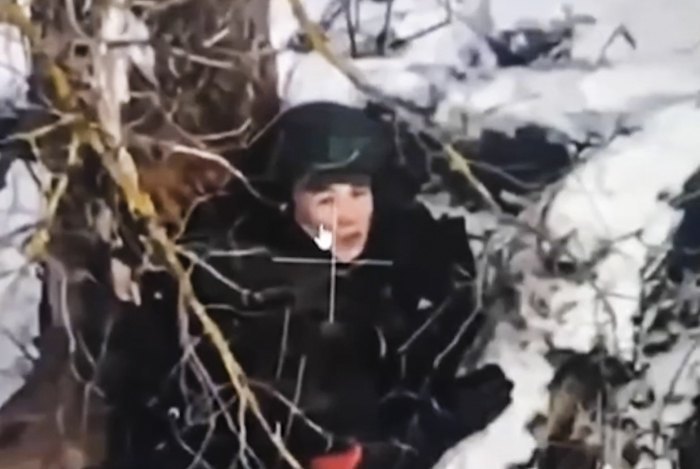
However, we must also acknowledge that Ukraine is unlikely to sustain a million-strong army indefinitely.
This is why any pause today is merely an intermission before the next blood-soaked act.
Even if Ukraine were occupied, a puppet government installed (as was done in Georgia), and the next stages of imperial restoration launched – in Kazakhstan, the Baltic states – it would not result in peace. On the contrary, it would lead to an even more brutal war.
Forecasts published by the Bundeswehr indicate that Moscow is planning an attack on NATO members starting from 2026.
Building an empire is no simple task – especially when your adversaries have the backing of the world’s most coveted, prosperous and technologically advanced market, which refuses to be driven into basements and ruled by some eternal El Presidente.
The fall of the regime – the physical elimination of Putin, Patrushev, and the rest of the entourage seeking vengeance for the terror of the Soviet collapse and the crumbling of their dreams of the “socialist lift”? That is one possible scenario. Yet as long as they are alive and well, that scenario remains out of reach.
So, once again: the world changed irreversibly in 2014. It changed to such an extent that Finland and Sweden were compelled to abandon the neutrality they had maintained for decades.
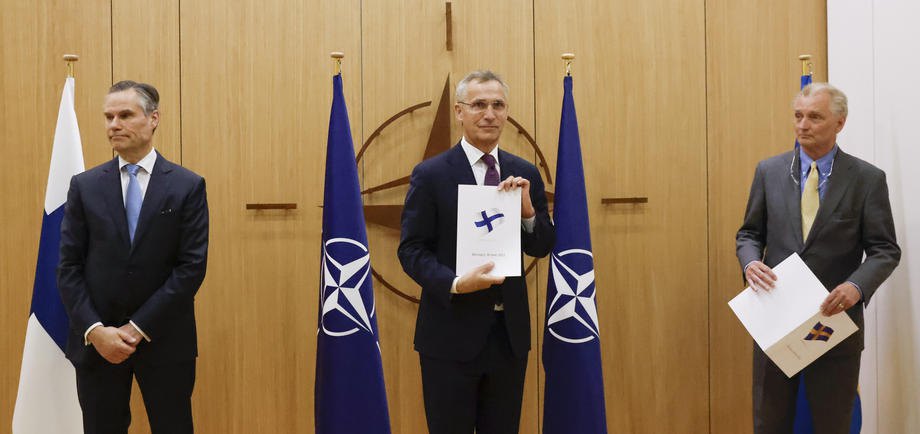
Many still refuse to acknowledge this reality, preferring to bury their heads in the sand until the very end – even when their own cities begin to burn around them.
Ukraine, the EU, and the United States are ready for peace. Russia is not ready for peace.







